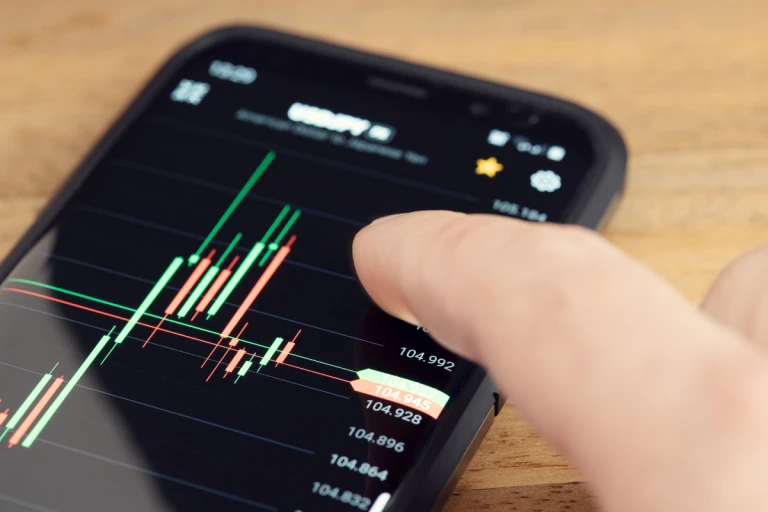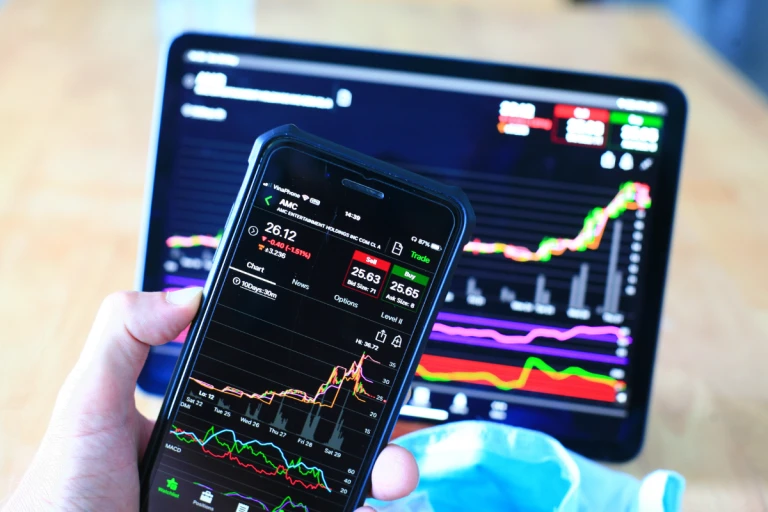Top 25 Stocks in the S&P 500 - 2023
The S&P 500 is comprised of 500 companies, which collectively have issued 503 different stocks. Notably, some companies like Alphabet have multiple classes of shares. The official S&P Global website provides information about the top 10 largest holdings in the index. In order to become part of the S&P 500, a company must meet specific criteria.
Unfortunately, S&P currently does not offer the complete list of holdings for free. Access to the full list is available to subscribers of S&P's research unit, Capital IQ. The S&P 500 companies are considered the leading companies in their respective industries and serve as a significant barometer for assessing economic activity in the United States.

How Are Companies Selected for the S&P 500?
To be considered for inclusion in the S&P 500, companies must meet specific eligibility criteria, which encompass:
Market Capitalization: The company should have a market capitalization of at least $14.5 billion.
U.S. Domicile: It must be a U.S.-based company.
Float-Adjusted Liquidity Ratio (FALR): The company should have a FALR equal to or greater than 0.75, indicating a level of liquidity in its shares.
Earnings Performance: The company must demonstrate positive earnings over the most recent four consecutive quarters, with these earnings showing a collective profit.
Recent Profitability: The company should have reported a profit in its most recent quarter.
These criteria serve as essential benchmarks for evaluating a company's eligibility for inclusion in the S&P 500, ensuring that the index comprises robust and economically significant entities.
Top 25 Components by Market Cap
As of September 21, 2023, the 25 largest constituents of the S&P 500 index, based on portfolio weightings, are reported indirectly via the SPDR S&P 500 Trust ETF (SPY). This ETF, with $406.6 billion in assets under management as of the same date, is the oldest and highly traded fund that closely tracks the S&P 500.
While the exact weightings of these top 25 components may not be directly available from S&P, the SPY's portfolio weightings serve as a reliable proxy for investment in the underlying S&P 500 index. Please note that there may be slight discrepancies between the SPY and the S&P 500 itself.

The largest S&P 500 constituents, along with their respective weightings as of the mentioned date, are as follows:
Apple (AAPL): 7.05%
Microsoft (MSFT): 6.54%
Amazon (AMZN): 3.24%
NVIDIA (NVDA): 2.79%
Alphabet Class A (GOOGL): 2.13%
Tesla (TSLA): 1.95%
Alphabet Class C (GOOG): 1.83%
Berkshire Hathaway (BRK.B): 1.83%
Meta (META), formerly Facebook, Class A: 1.81%
UnitedHealth Group (UNH): 1.28%
Exxon Mobil (XOM): 1.27%
Eli Lilly (LLY): 1.21%
JPMorgan Chase (JPM): 1.18%
Johnson & Johnson (JNJ): 1.07%
Visa Class A (V): 1.05%
Procter & Gamble (PG): 0.99%
Mastercard Class A (MA): 0.93%
Broadcom (AVGO): 0.92%
Home Depot (HD): 0.85%
Chevron Corporation (CVX): 0.81%
Merck (MRK): 0.75%
AbbVie (ABBV): 0.75%
Costco (COST): 0.67%
PepsiCo (PEP): 0.67%
Adobe (ADBE): 0.65%
These companies represent a substantial portion of the S&P 500 index and play a key role in shaping its performance.
Also read: Pet Insurance in India - Everything You Need to Know
The Bottom Line
In summary, the top 25 companies within the S&P 500 are globally recognized giants, with a significant presence of technology leaders like Apple, Microsoft, and Google among the top 10. For individuals interested in investing in these prominent companies, they have the option to acquire individual stocks of these companies or choose to invest in a fund that mirrors the performance of the S&P 500 as a whole.
Follow us on Instagram.









